Is the coffee powder bound to expand after pouring water?
Coffee fans must have noticed that usually when you pour water into the coffee powder, bubbles will appear, and then the powder as a whole will expand, and the form of bubbling is often not the same as the degree of expansion of the powder.
All you coffee fevers must've noticed, whenever you pour over the water into some coffee grounds, it bubbles up, swells and expands, with a "bloom" followed. The way it bubbles and expands are usually various.

So how on earth did these bubbles come from? In fact, the gas in these bubbles is the carbon dioxide produced when roasting coffee beans. The outer membrane of the bubble is formed by proteins or polysaccharides (the same composition as the bubbles covered by espresso).
So where exactly do those bubbles come from? In fact, the reason it happens is because of carbon dioxide gas is brought into the beans while roasting. The skin of those bubbles is made of protein and saccharides (Same as Expresso's).
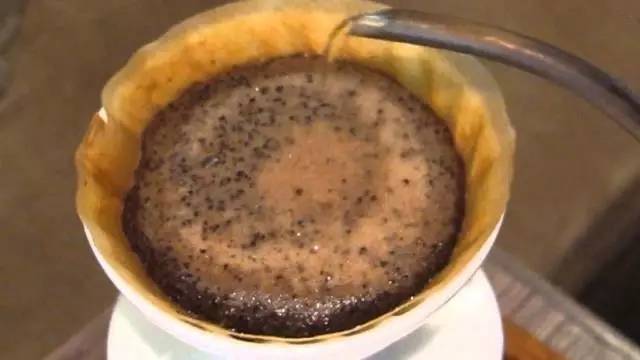
Some of the bubbles produced when pouring water into coffee powder are very small, some are very large, and sometimes almost no bubbles are produced. This is because beans release carbon dioxide in different ways.
When you pour over the water, you would see some small bubbles, sometimes big ones, or other times, you don't even see bubbles. That's because the ways some beans leaching out CO2 are different.
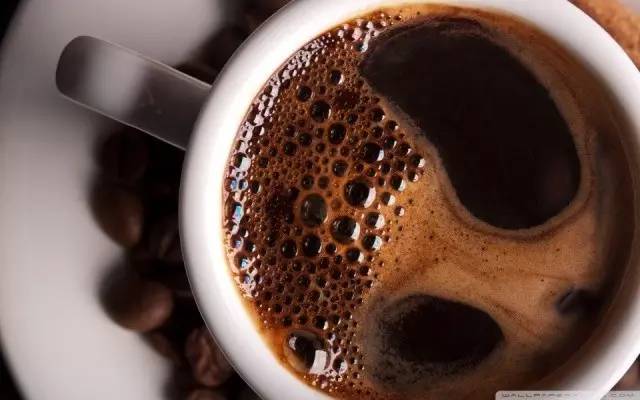
Some people think that the bubbles produced in the brewing process are the cause of the astringency of coffee, but this is not entirely accurate. Because even if you skim out the bubbles and stir them in the brewed coffee, you can't taste any different from the previous ones.
Some people think the bubble is the cause of coffee becoming rough, this is not completely true though. Because if you put some of those bubbles to a ready-to-drink coffee and stir it, you won't find any different taste.
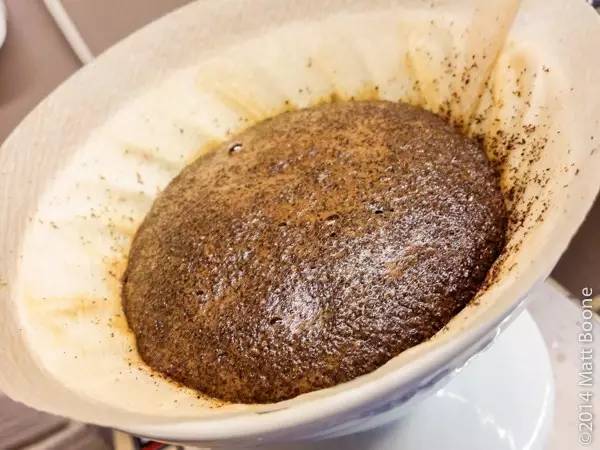
Freshly baked coffee beans contain a lot of carbon dioxide. If they are immediately ground into powder, they will produce a large number of bubbles when poured into hot water. These bubbles interfere with the extraction of coffee, but that doesn't mean coffee beans are necessarily bad.
Beans are just roasted contain large amount of CO2. If you grind it right away, numerous bubbles will come up. These bubbles will affect the brewing process, though it doesn't necessarily mean the beans are not good.
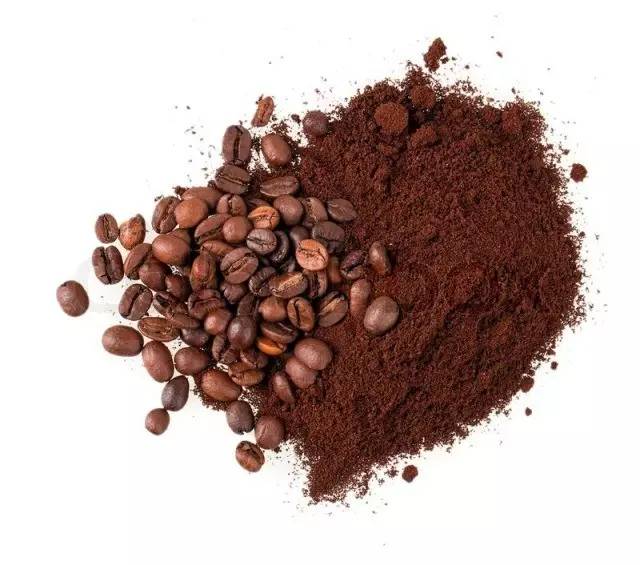
In this case, we will find that even if we brew the coffee in the usual way, the taste is lighter than normal. So people often say, "freshly ground coffee beans should be kept for one night before use."
If this is the case, you will find the taste lighter than usual, even if you brewed with the same method as you always did. That's why some people always say, leave your fresh grounds for an overnight before using it.
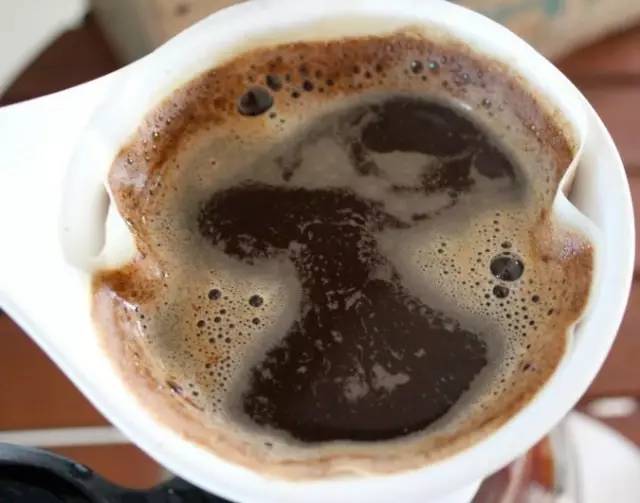
If you hardly see any bubbles when making coffee, or if the expansion of the coffee powder is low, it is because of the low carbon dioxide content in the coffee powder.
If you don't see many bubbles or the grounds don't quite expand while brewing, it means there isn't much CO2 contained.
Some people will say that if the coffee powder is not very inflated, it is because the coffee is not fresh enough. Indeed, as time goes by after roasting, coffee beans contain less and less carbon dioxide.
Some says if the grounds don't quite expand, the coffee is not fresh enough. That's correct. As time passes after the roast, there will be less and less CO2 contained in the beans.
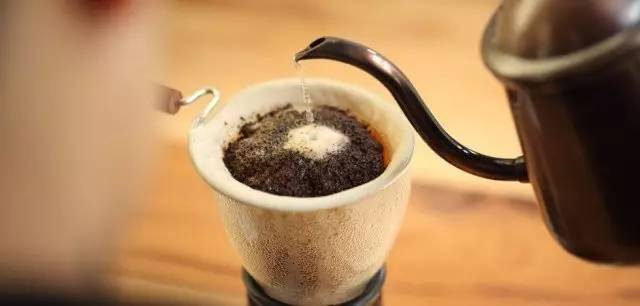
In other cases, the expansion of coffee powder becomes lower because the coffee is packed with a deoxidizer that absorbs carbon dioxide, or because the coffee powder with large particles is used and slowly poured into hot water, and the water temperature is low.
Although there are also other cases that the grounds won't expand so much. For instance, your coffee package is put in desoxidant that will absorb CO2, or your grind particles are too big and you pour over slowly, or the water is not hot enough.
Important Notice :
前街咖啡 FrontStreet Coffee has moved to new addredd:
FrontStreet Coffee Address: 315,Donghua East Road,GuangZhou
Tel:020 38364473
- Prev
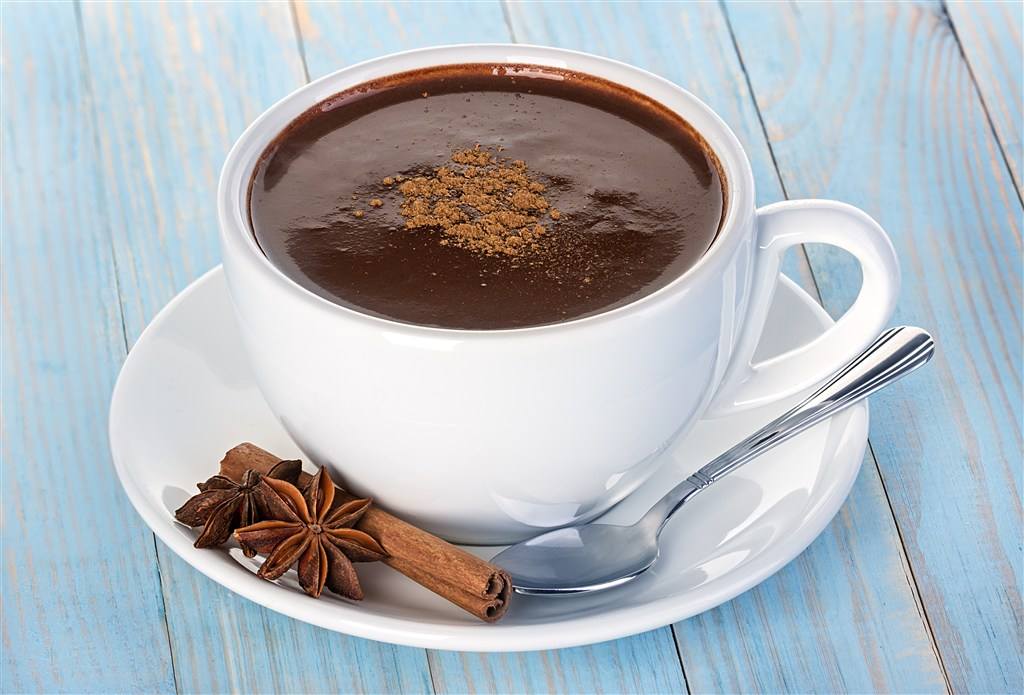
Caffeine is not just in coffee.
Following Cafe Review (Wechat official account vdailycom) found that the beautiful cafe opened its own small shop with a cup of strong coffee for everyone, and the beginning of the day's work life is a portrayal of many office workers in modern times. What many people do not know is that under the premise of moderate intake, coffee can be said to be a super food. For people who exercise regularly, coffee may enhance the effect of exercise.
- Next
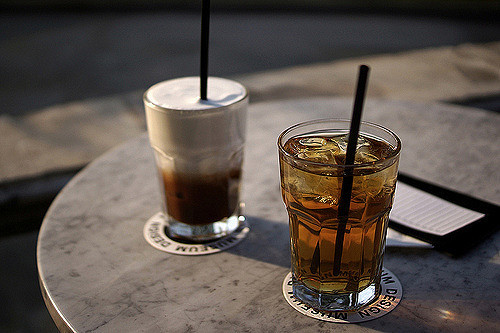
Cold knowledge | King of Sweden's drink experiment: which is more poisonous, tea or coffee?
Communication among professional baristas follow the coffee workshop (official Wechat account cafe_style) today to introduce a story about tea and coffee. Tea has a long history in Eastern culture, while coffee first spread between Africa and the Middle East, then spread to Europe, and finally became popular all over the world. These two drinks, which are very important in modern society, are not always popular.
Related
- Beginners will see the "Coffee pull flower" guide!
- What is the difference between ice blog purified milk and ordinary milk coffee?
- Why is the Philippines the largest producer of crops in Liberia?
- For coffee extraction, should the fine powder be retained?
- How does extracted espresso fill pressed powder? How much strength does it take to press the powder?
- How to make jasmine cold extract coffee? Is the jasmine + latte good?
- Will this little toy really make the coffee taste better? How does Lily Drip affect coffee extraction?
- Will the action of slapping the filter cup also affect coffee extraction?
- What's the difference between powder-to-water ratio and powder-to-liquid ratio?
- What is the Ethiopian local species? What does it have to do with Heirloom native species?

